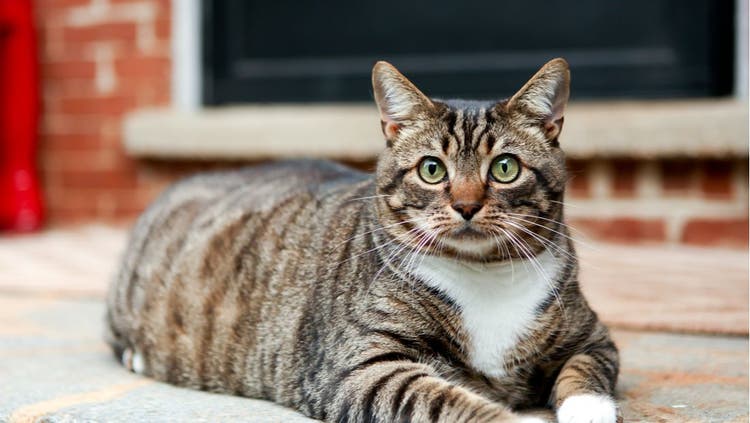
The Science Behind Feline Finickiness and What to do About It
Why is it usually so easy to change a dog’s diet, and nearly impossible to change the food cats are used to eating? The answer to feline finickiness lies in your cat’s brain.
People need to switch a cat’s diet for many reasons — a brand or flavor is discontinued, a veterinarian recommends a dietary change for health reasons, or a food has been recalled. Whatever the reason, it probably won’t impress your cat.
Feline finickiness is not a myth and it’s not irrational. Cats as a species tend to imprint on specific smells, shapes and textures as being “food” or “not-food” when they are still kittens. This is obviously a survival advantage for wild or feral cats, where knowing what’s an appropriate meal and what’s a poisonous plant is indisputably a good thing. But for housecats? It can be a real problem.
Feline Finickiness and What to do About It
Although the problem lies in the cat’s brain, it’s human beings who turn it from an evolutionary advantage into a problem. We have a tendency to offer our cats only one kind of food from the day we bring them home until forced to change by circumstances beyond our control. Cats who won’t eat wet food instead of dry, or a different flavor or formula of their usual food, aren’t being contrary; they literally don’t recognize the new food as food at all. To them, it’s like we offered them shoelaces and dice and expected them to eat them.
It’s easy to prevent this problem if you’re starting with a new kitten. Just give her a wide variety of different flavors, types, and textures of foods all the time, and she’ll probably be comfortable with dietary changes for the rest of her life.
If, however, you already have a finicky feline and you need to make a diet change, patience and planning are the two most important weapons a cat owner can have: patience because most experts agree that the important thing is making the change, not how fast you make it, and planning because it’s much more likely your cat will accept the new diet if changes are made in small increments. Many owners get frustrated when the cat resists the new diet and start making random changes in how they feed their cats — which only confuses the cat and increases the chance of failure. Instead, get clear on the steps you’re going to follow and then follow them.
Dr. Lisa Pesch of Sebastopol’s Veterinary Healing Arts Center says that the first step in changing your cat’s diet is to give meals at specific intervals, rather than letting the cat graze on a bowl of dry food that’s left out all day.
“My recommendation for cats who are resisting a dietary change is to offer two meals a day, rather than leaving food down all day for them to eat at will,” she said. “Put the food you want the cat to eat down for half an hour. Only if that half hour goes by without the cat eating any of the new food should you put down the food the cat normally eats.” For most cats, she says, a few days of this will be all the cat needs to make the switch.
If that doesn’t work, the next step is to try putting a bit of the old food on top of the new food. “You can do some mixing, but mixing small amounts of the food they’re eating now into the food you want them to switch to usually doesn’t work,” said Pesch. “If it’s mixed in, it’ll smell too much like the old food and it won’t help them adjust to the new food. When there’s a little bit of the old food on top, they’ll eat that first and will get some of the new food in their mouth along with it. That helps them to get used to that taste and smell as being part of ‘food.’ With time, you can gradually phase in more and more of the new food, and they will eventually start eating it because they’ll perceive it as food.”
What happens if your cat really won’t eat the new food, no matter how slowly you introduce it?
Fasting a cat can be extremely dangerous, as they can develop a serious condition known as hepatic lipidosis. For cats who are still resisting the slow change, or for whom a slow change is not advisable, a medically supervised switch may be necessary.
“I know a vet who works with cats who need rapid, safe diet changes while they are hospitalized,” said Pesch. “She purées the food and puts it into plastic squeeze bottles, cutting the top off so there’s a big enough opening to squeeze the food through. Then she basically bottle-feeds the cats. She says that in three days, most cats are eating the food without a problem. After a few days, their taste buds adjust and the new food tastes OK to them.”
Are there cats who simply will never, ever change, no matter what their owners try? Probably not, but the process can be extremely difficult for some cat owners. “I would say that the failures usually come from the owners not being able to cope with their cat’s reaction, rather than the cats themselves,” she said. “The cat bugs them constantly and becomes unmanageable at not being fed something they consider to be food.”